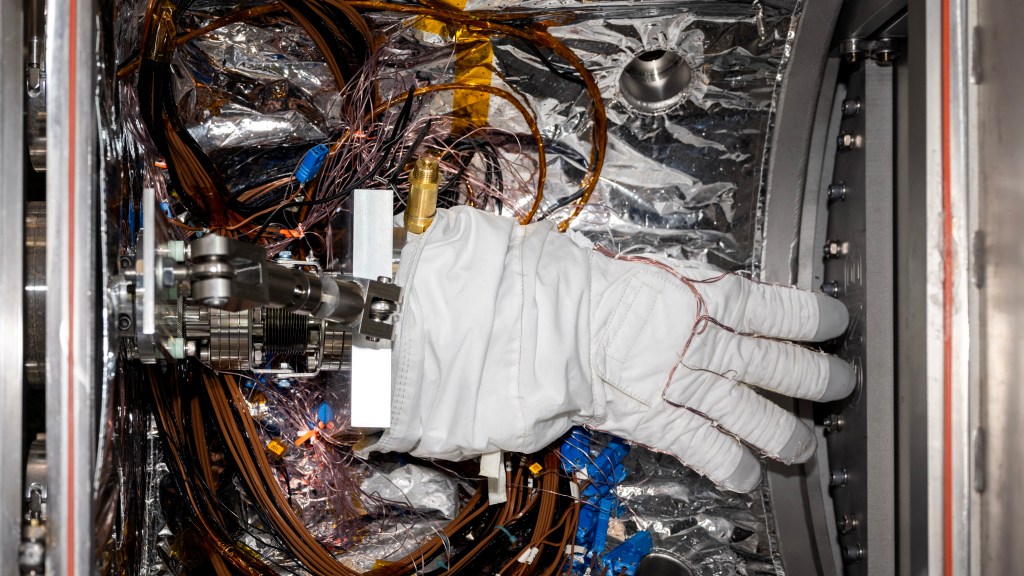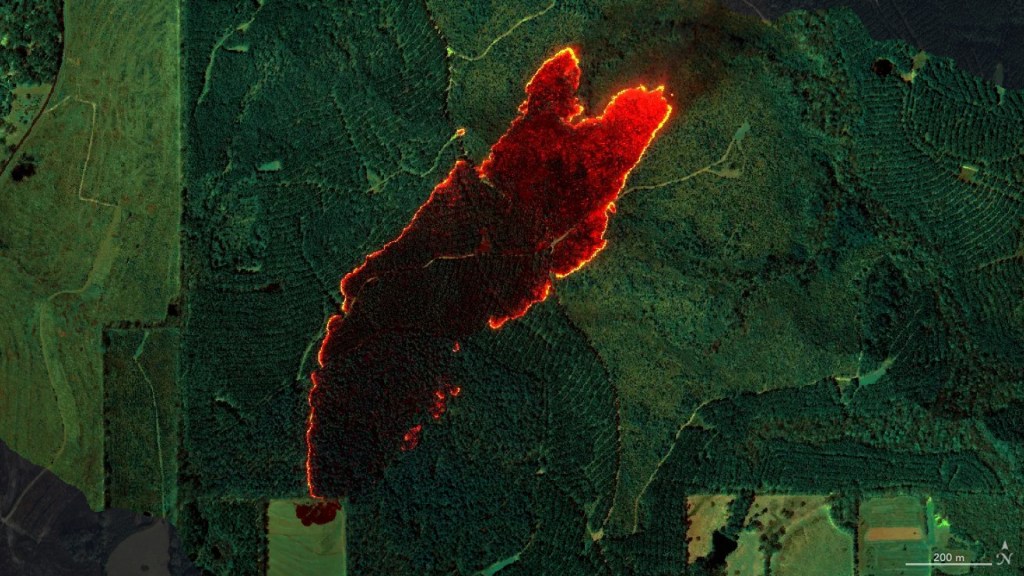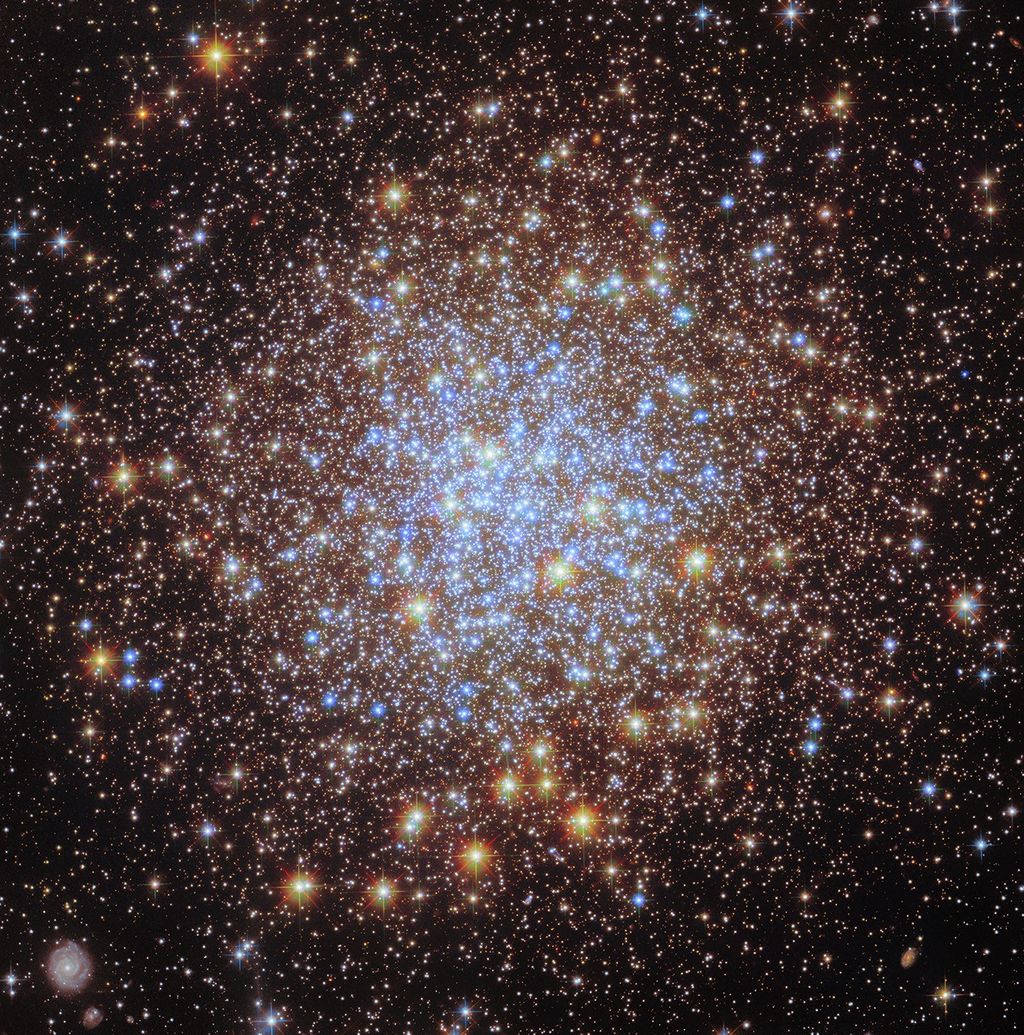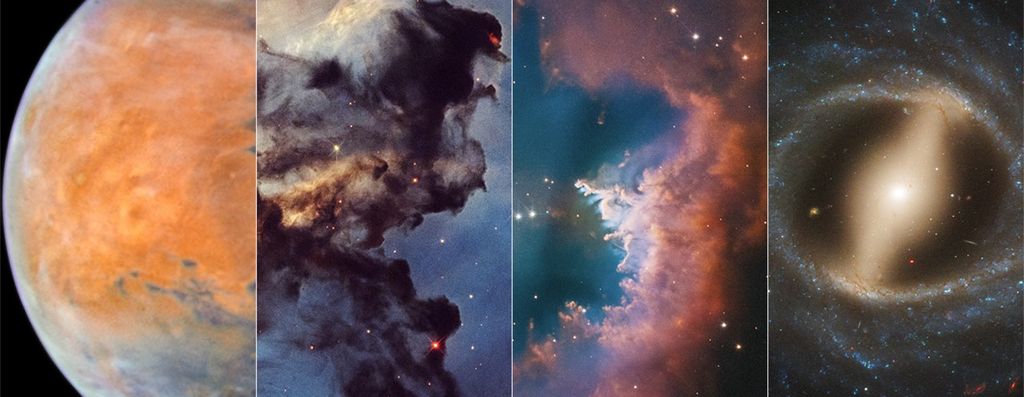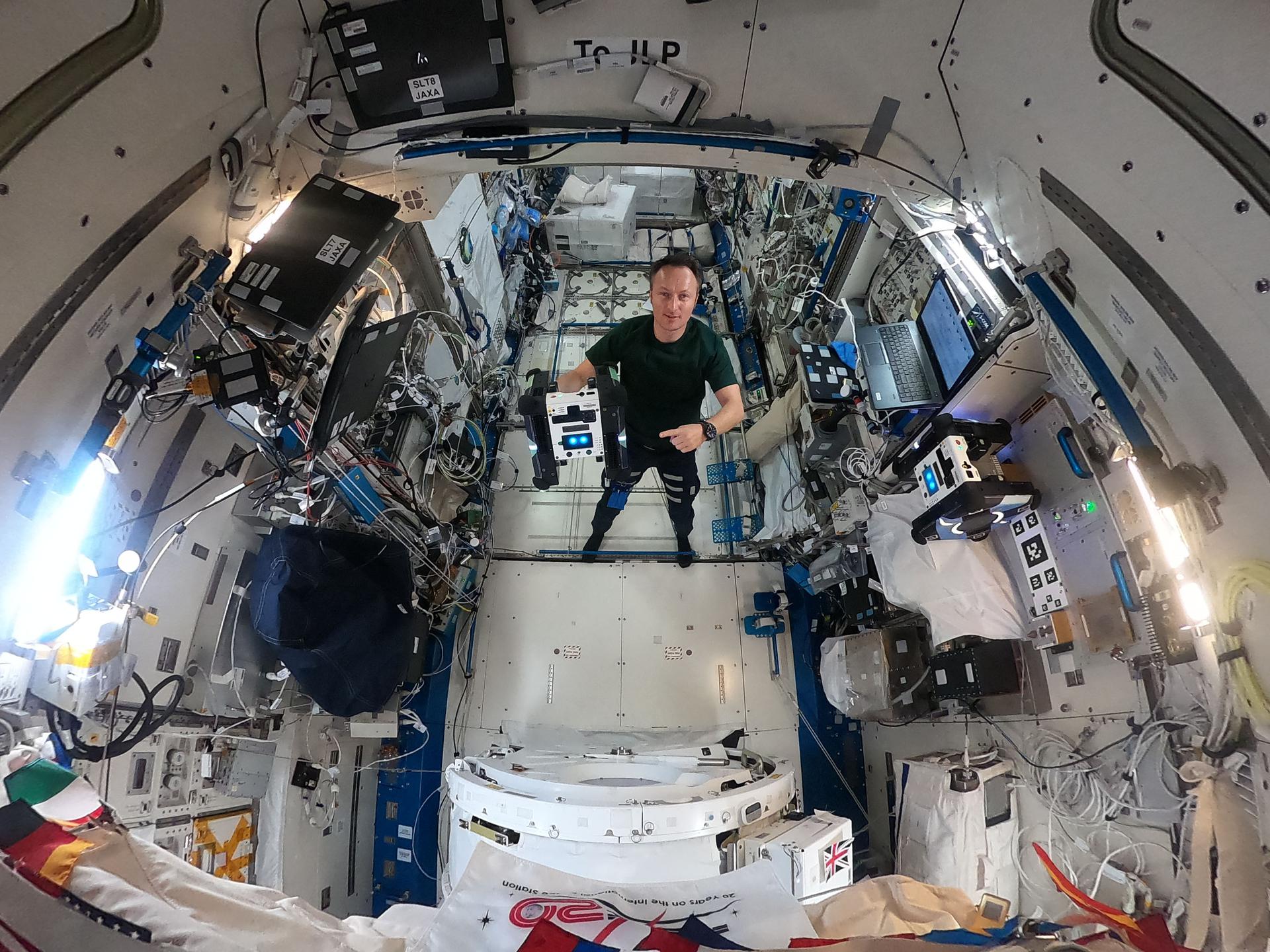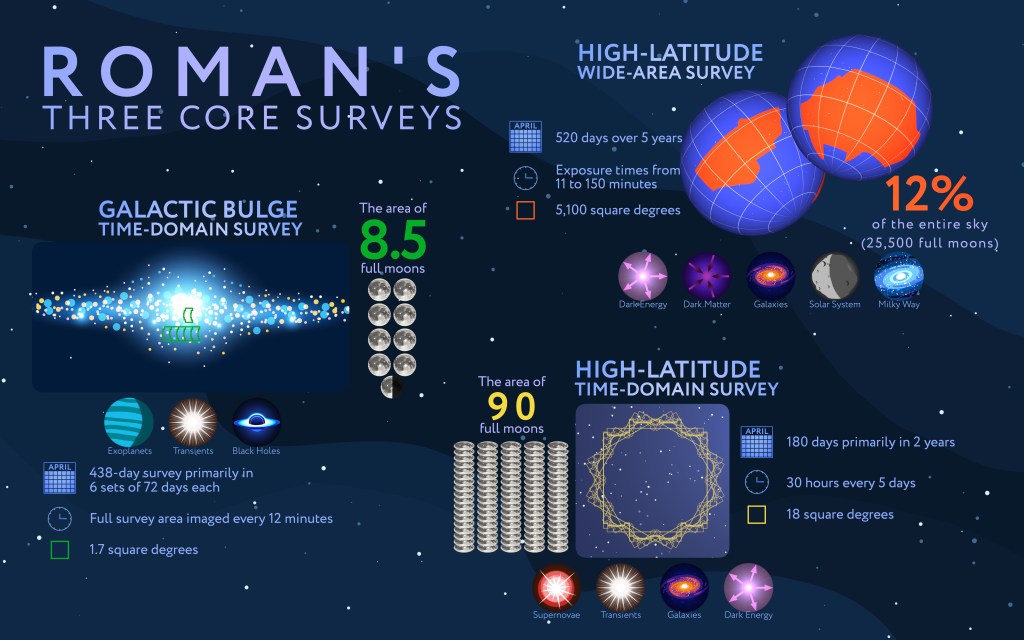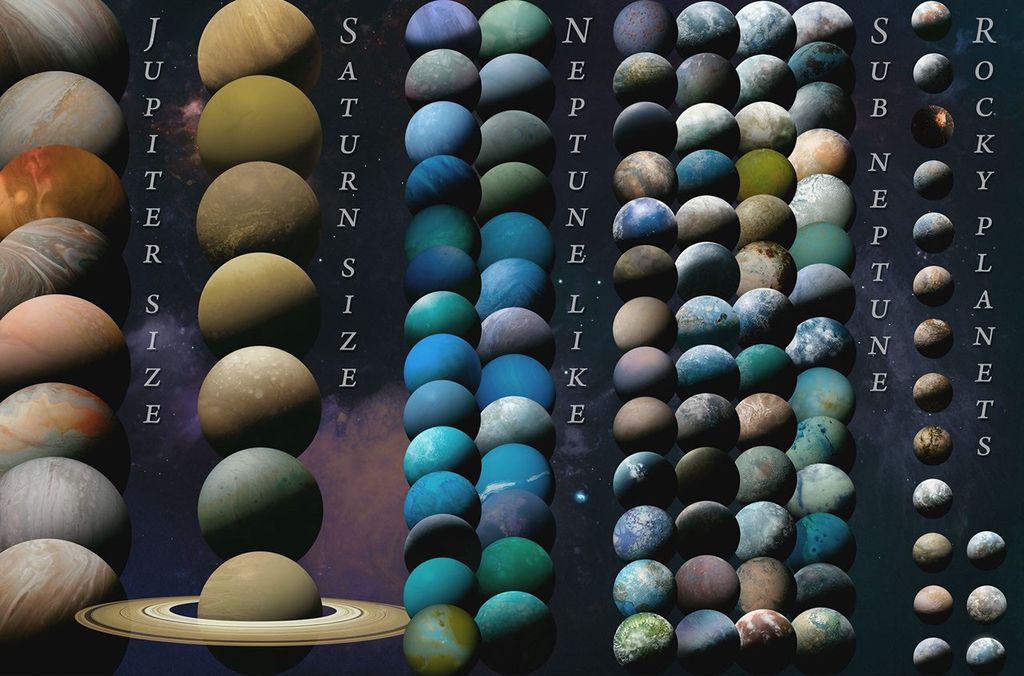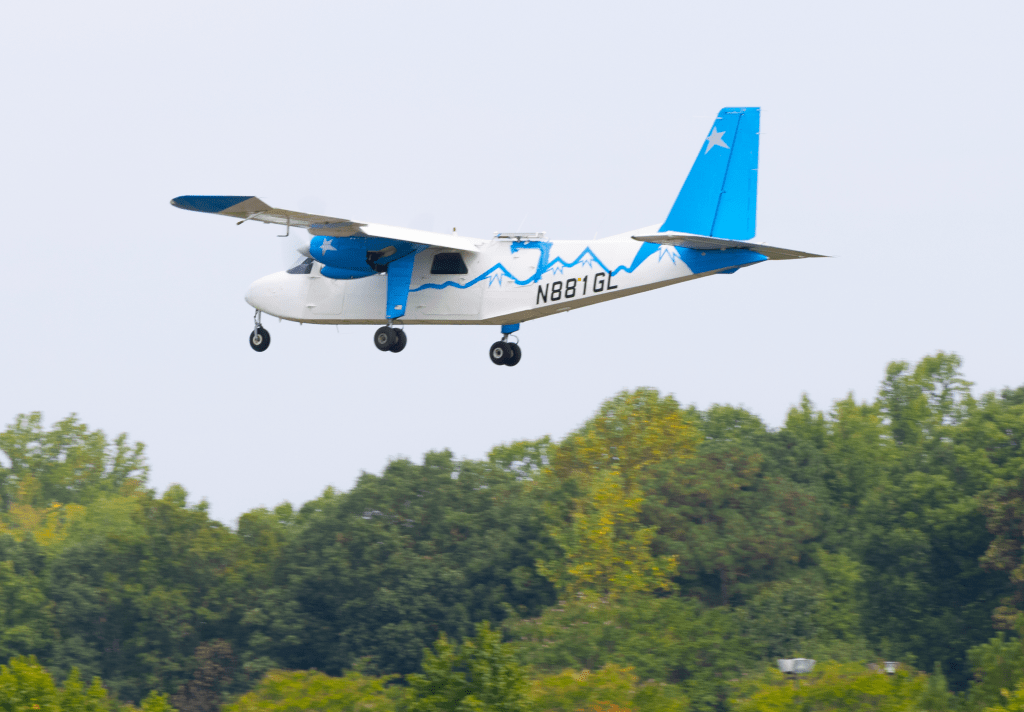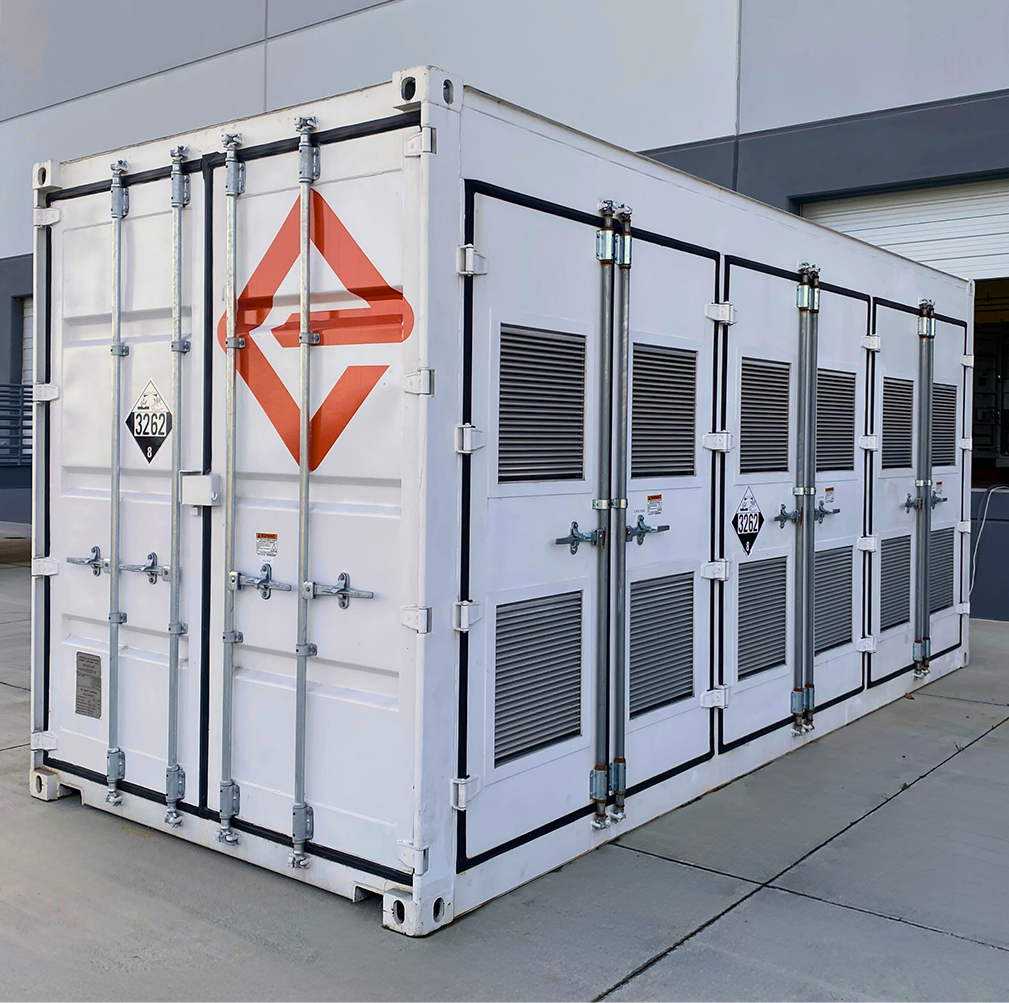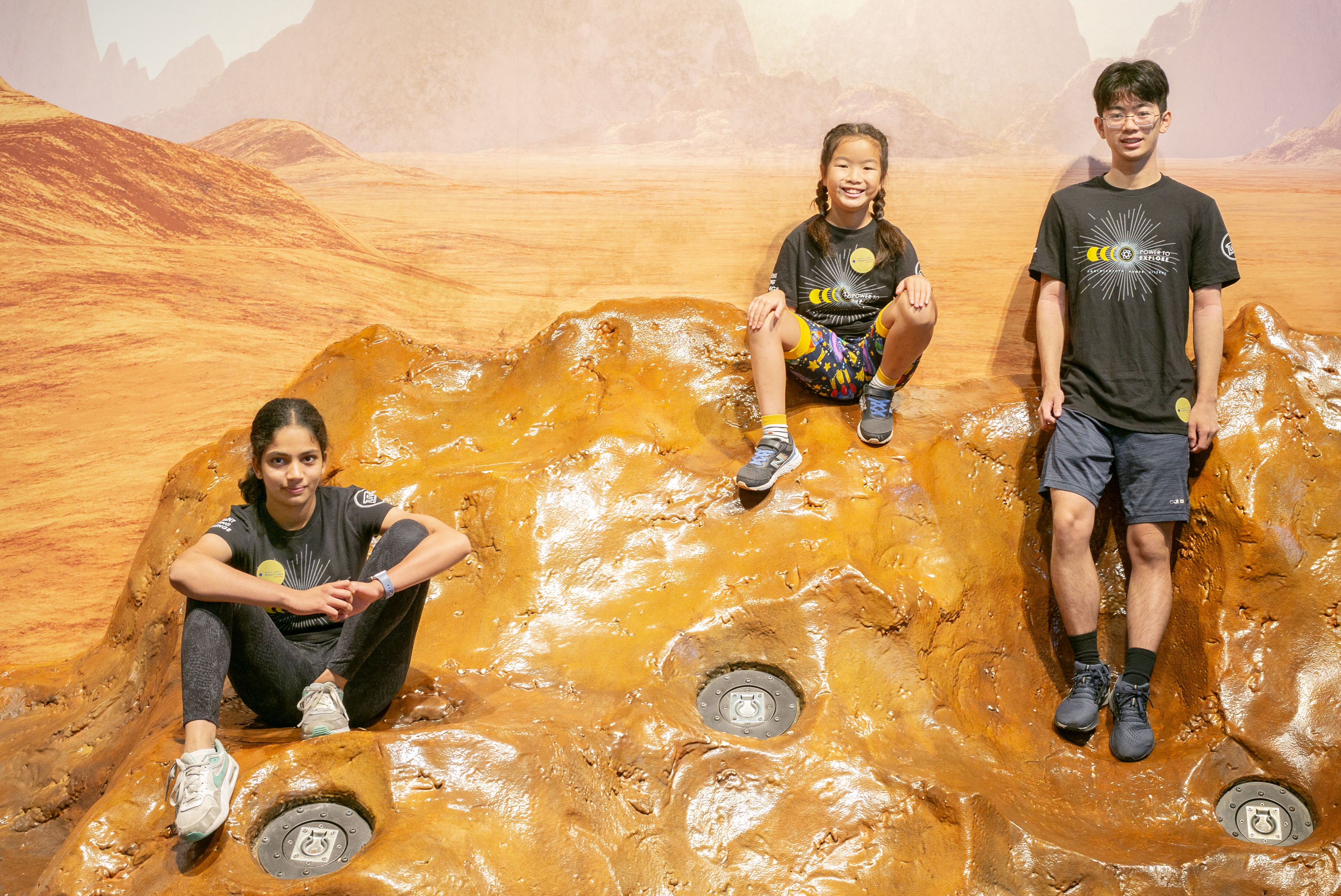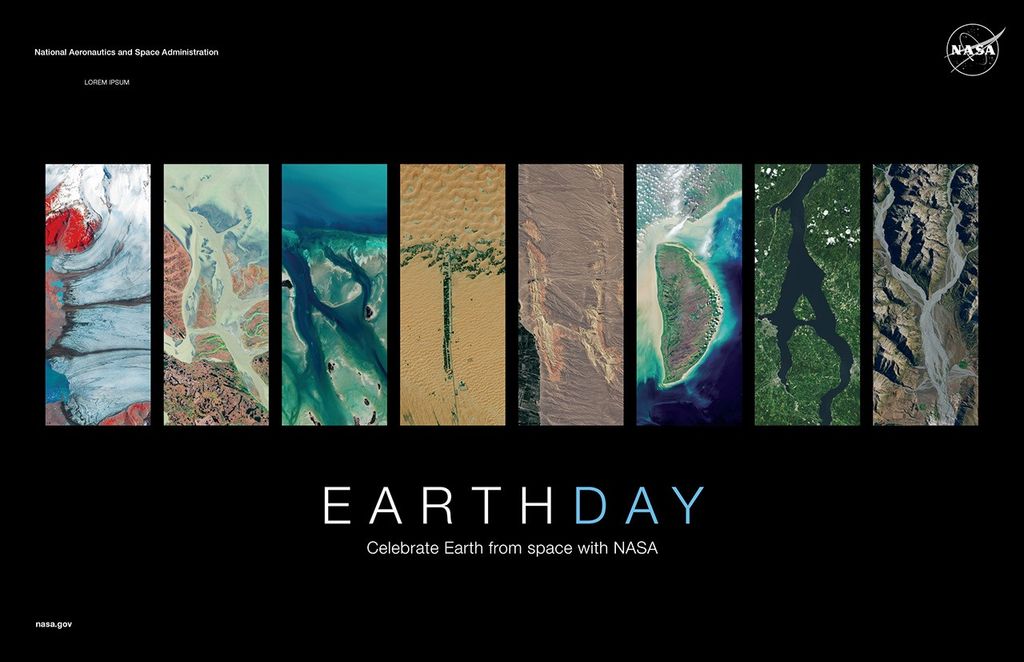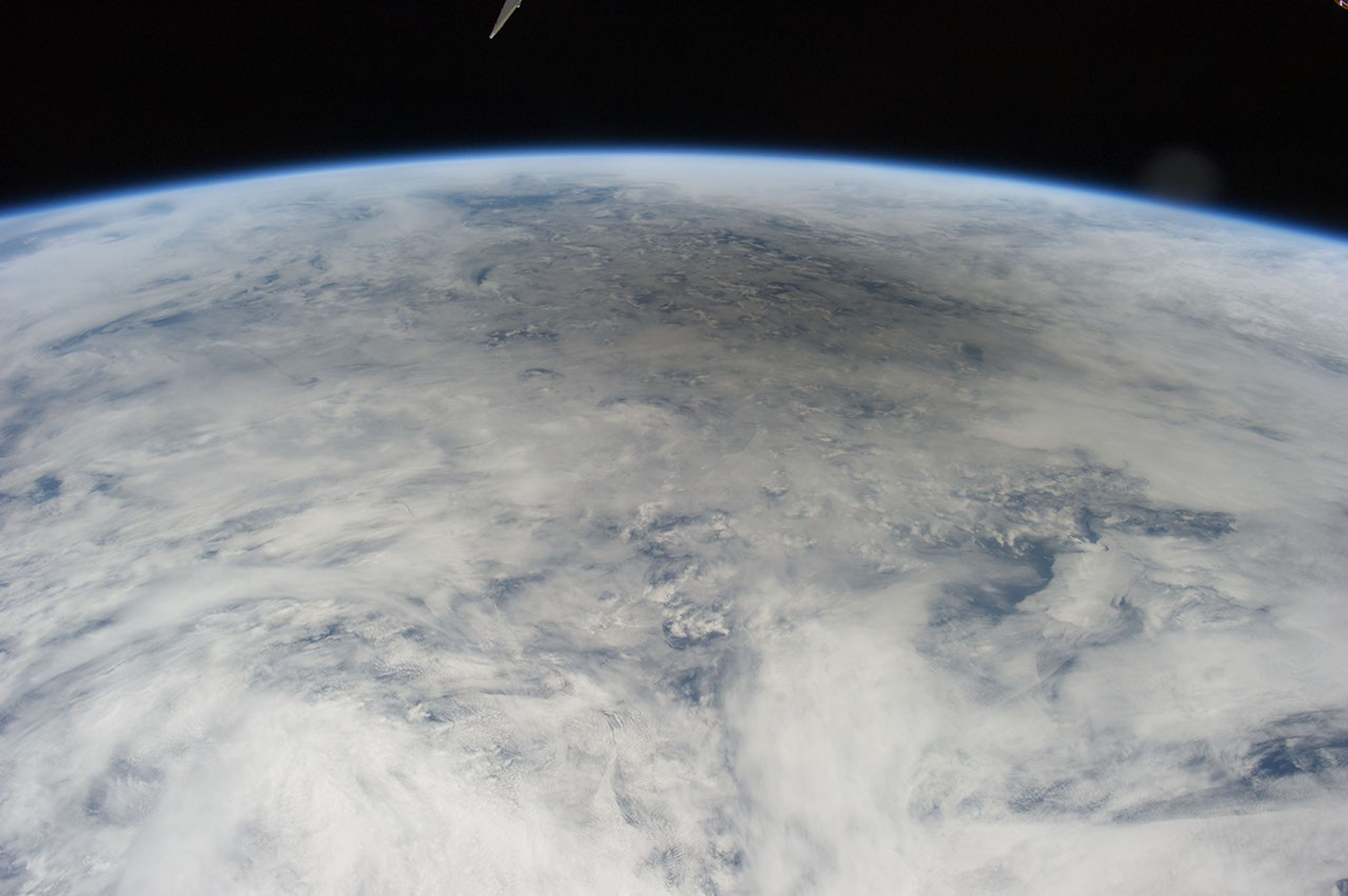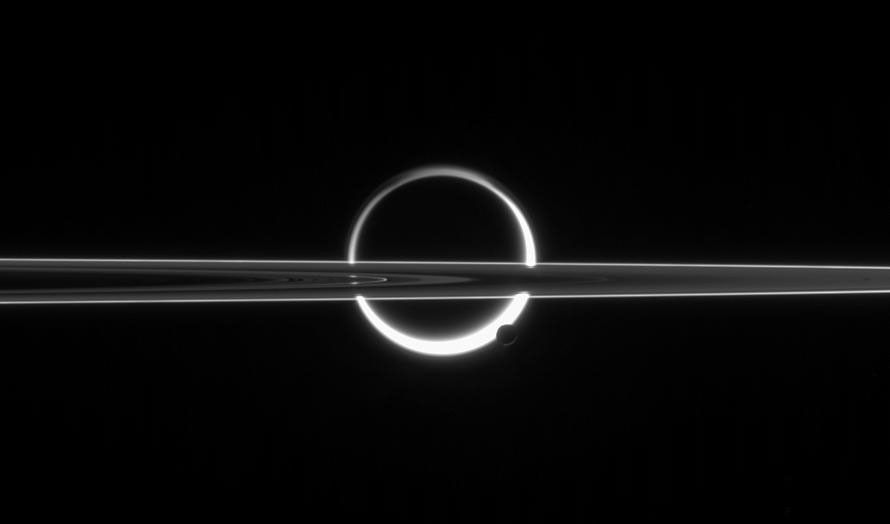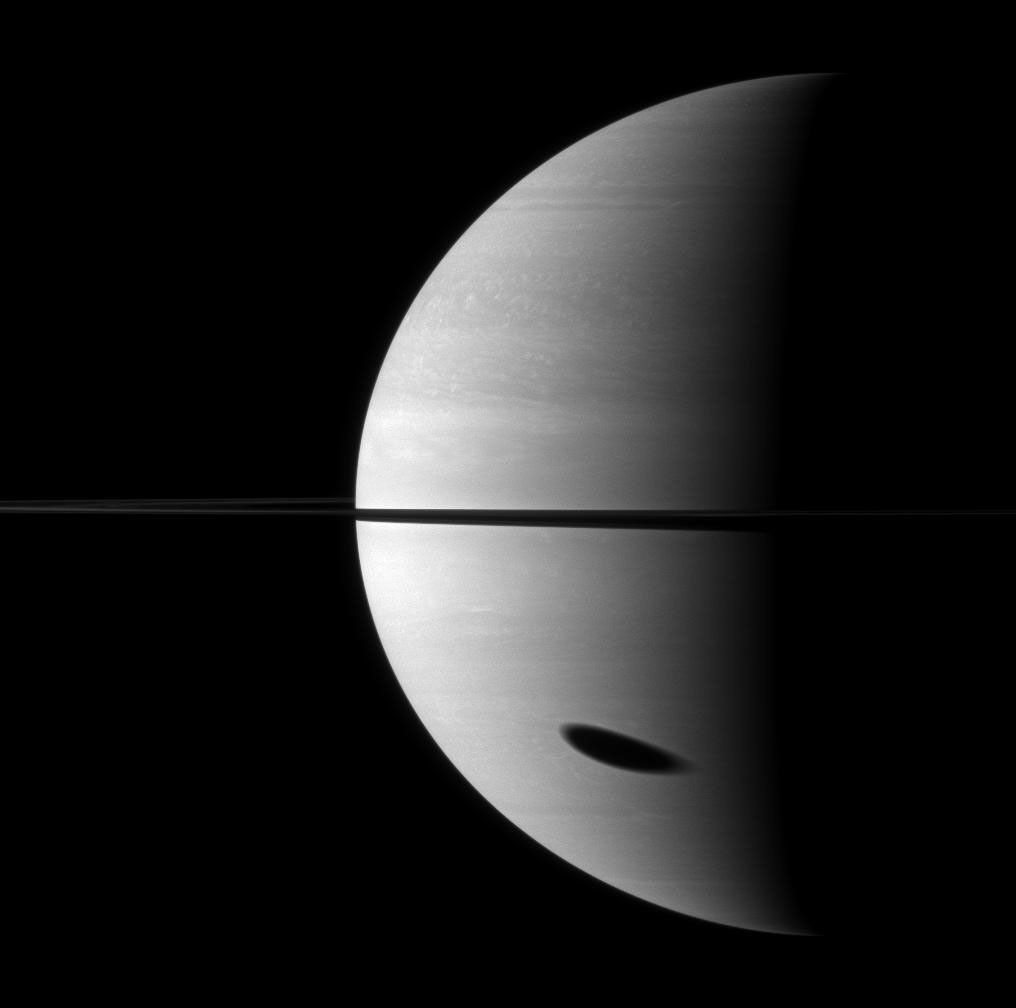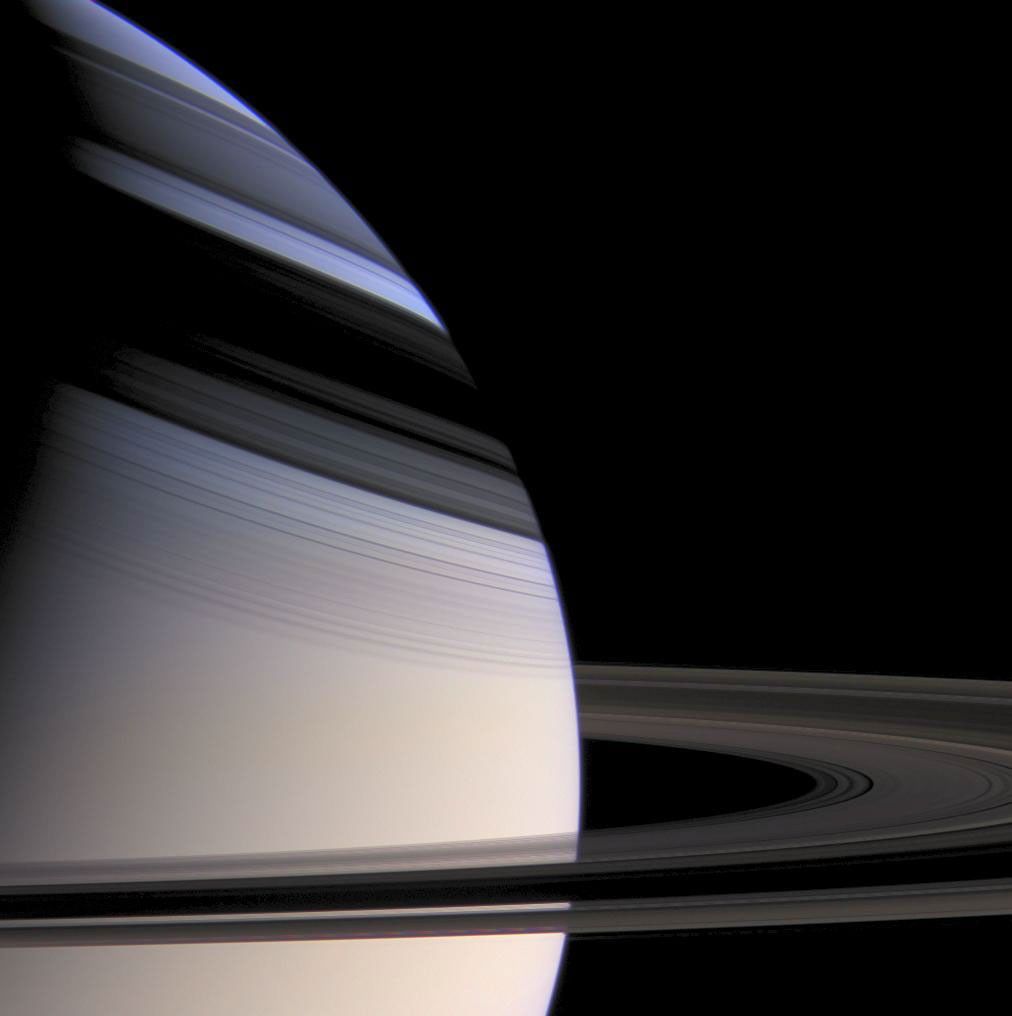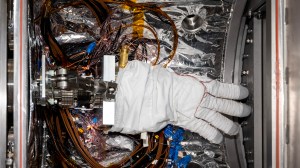With a solar eclipse approaching on Aug. 21, 2017, which will be visible all across North America, you may have wondered: Do eclipses happen on other planets?
With a solar eclipse approaching on Aug. 21, 2017, which will be visible all across North America, you may have wondered: Do eclipses happen on other planets?
They certainly do in the Saturn system—with spectacular results.
On Earth, we see a solar eclipse when the Moon passes between the Sun and Earth, casting the Moon’s shadow on the surface of Earth.
Saturn has dozens of moons, not to mention the rings. Within this bustling “mini-solar system,” eclipses happen relatively frequently during certain seasons, and the Cassini spacecraft has captured some of these moments with its cameras. In addition, from its vantage point in space Cassini sometimes witnesses occultations of the Sun, when Saturn blocks out the light of the Sun as seen from the spacecraft. Cassini also images moons and rings at high phase angles, which means the subject is backlit by the Sun, with the Sun just out of the frame. These situations can lead to even more spectacular sights.
Here are a few scenes involving eclipses, occultations and high phase angles that Cassini has witnessed during its 13 years exploring the Saturn system.
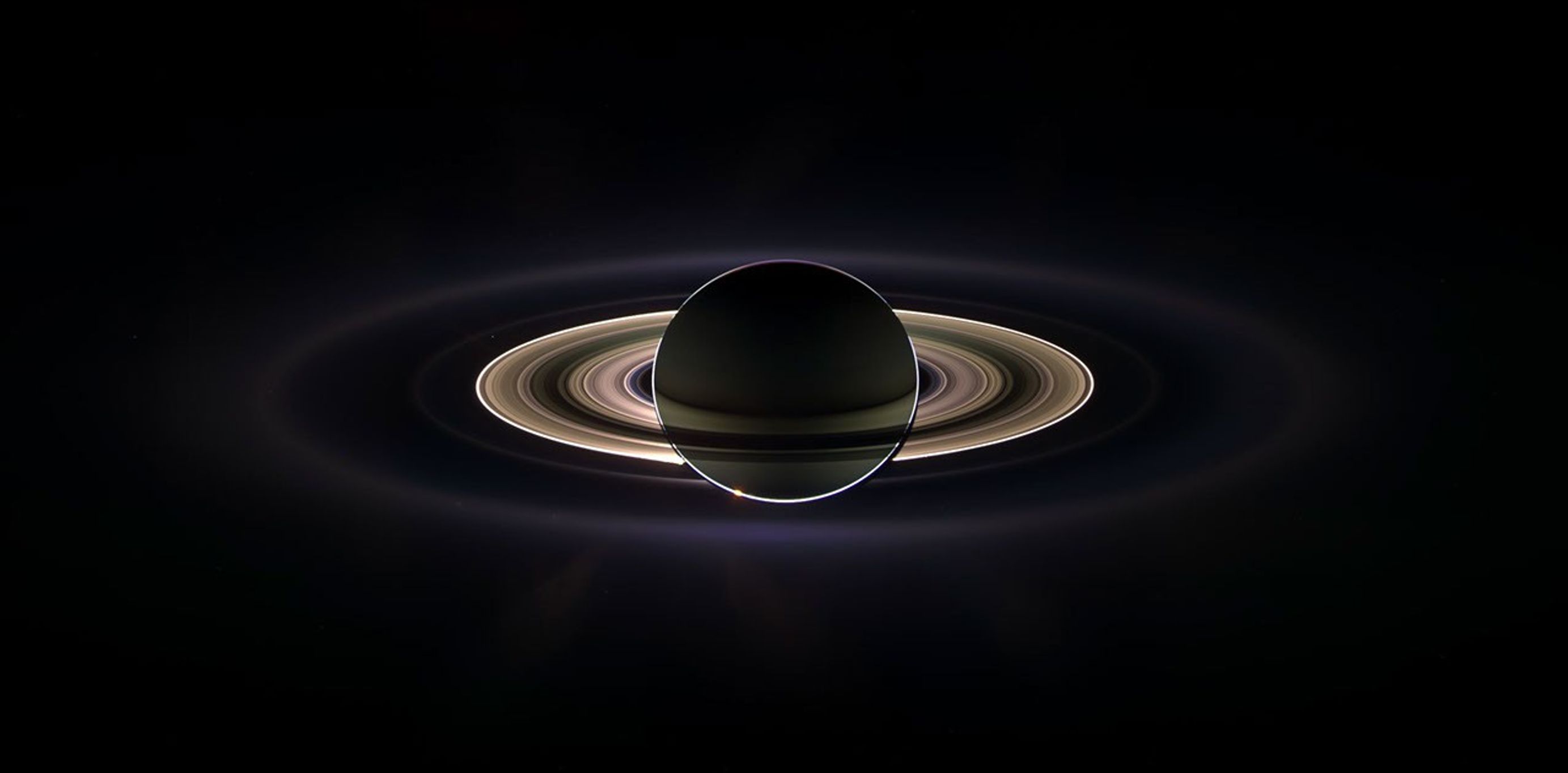
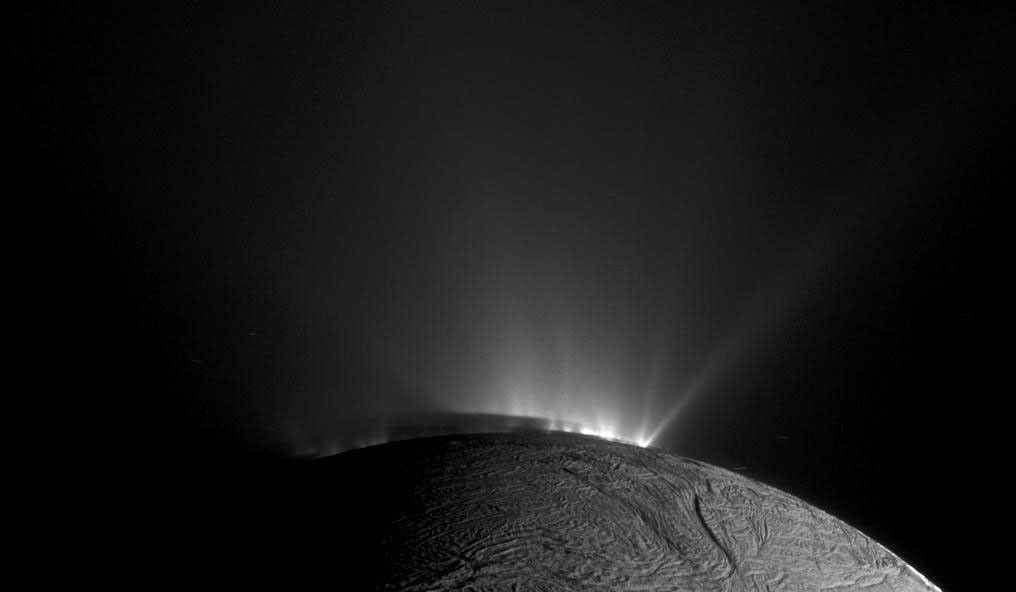
NASA/JPL/Space Science Institute.
NASA/JPL/Space Science Institute.


